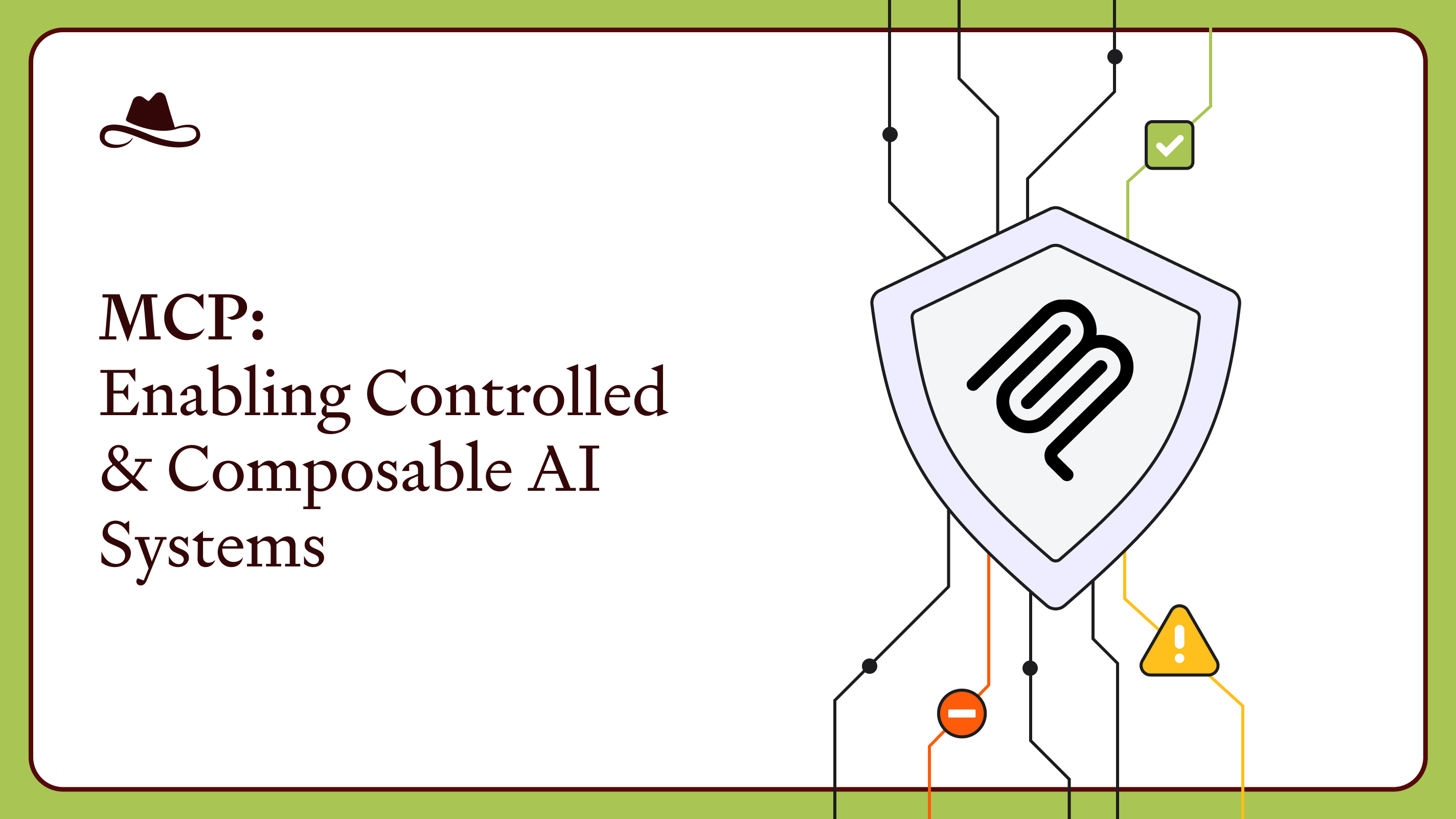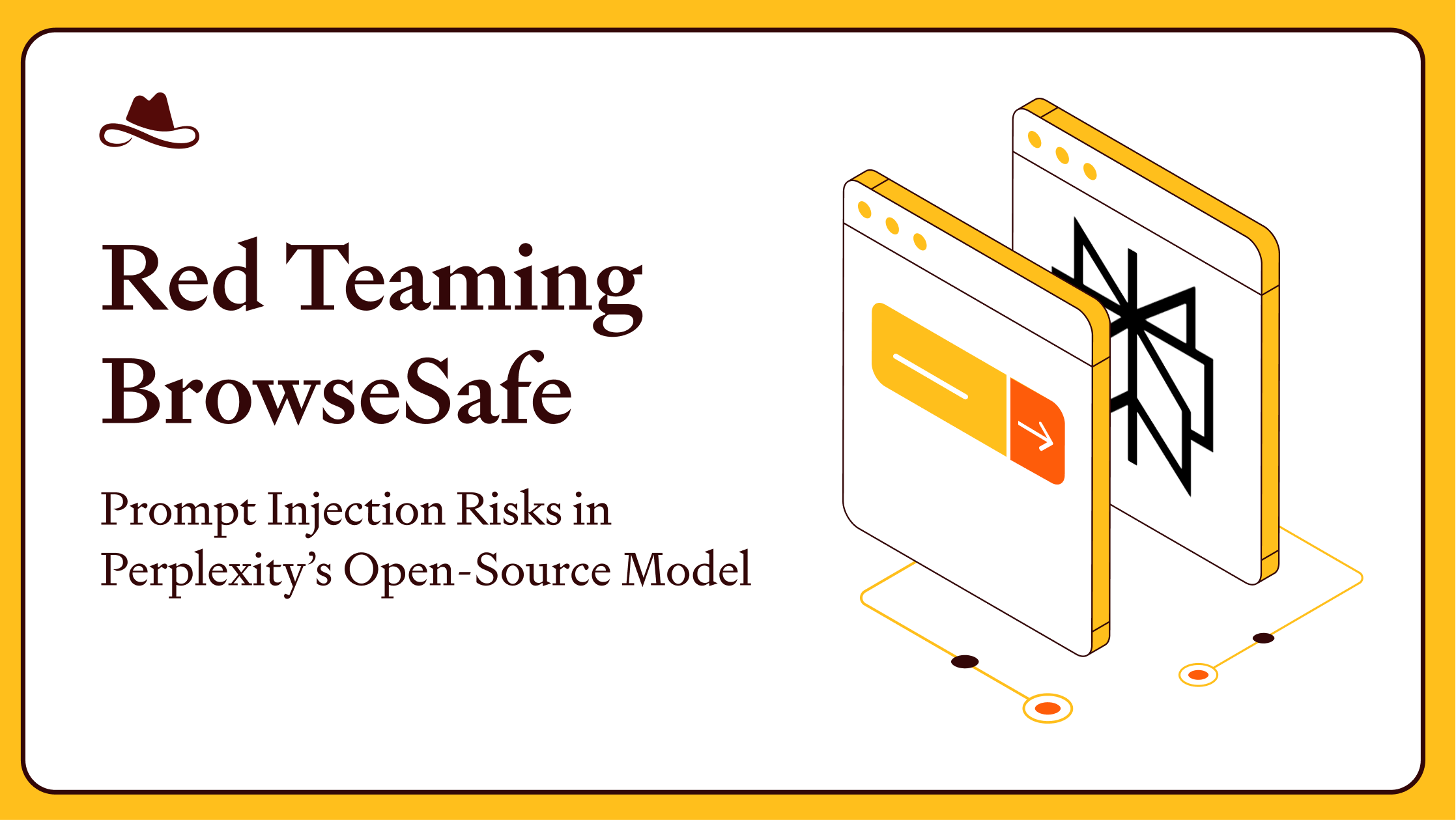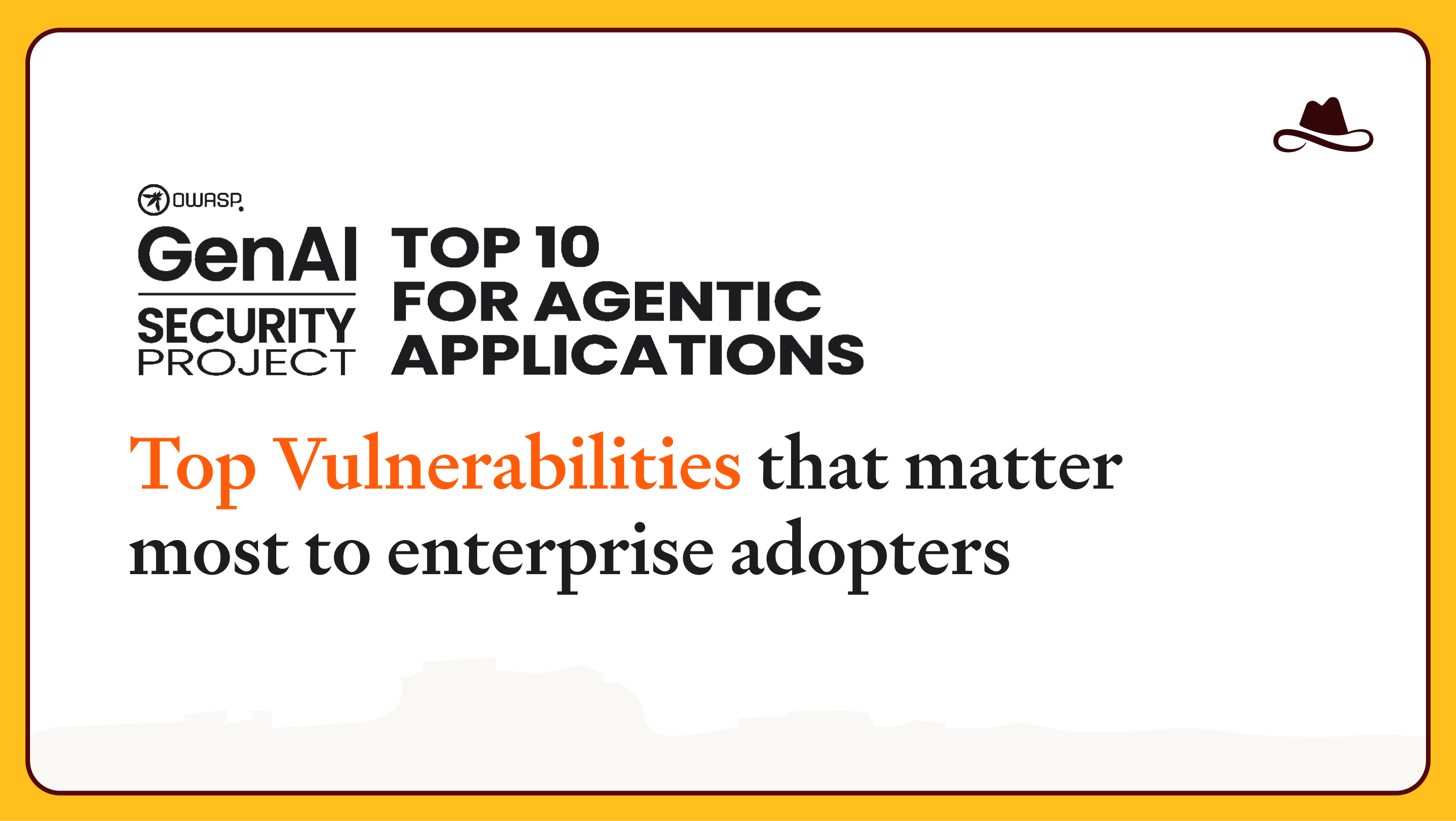GenAI-native applications are advancing at a rapid pace, driven by protocols like the Model Context Protocol (MCP), which standardize the way tools, agents, and models interact. While this unlocks powerful new capabilities for orchestration and automation, it also introduces a host of novel and MCP-specific vulnerabilities that traditional security frameworks are not equipped to handle.
.avif)
In this article, the Lasso team outlines the most critical threats we have identified in MCP based applications, how attackers are actively exploiting these weak points, and the key strategies organizations can adopt to mitigate them effectively.
The most critical threats we have identified in MCP based applications
1. Supply Chain Vulnerabilities in the MCP Stack
One of the most serious attack vectors in MCP environments originates in the software supply chain itself. An MCP server, along with its associated plugins and dependencies, can become a hidden entry point if compromised during build, distribution, or deployment. Techniques such as masquerading, where a malicious package is named to resemble a legitimate one, and typosquatting, which exploits common spelling errors, are frequently used to deceive developers. In more advanced attacks, trojan packages embed malware in seemingly functional tools, while dependency confusion takes advantage of naming overlaps between public and private repositories to inject unauthorized code.
The implications of these compromises are significant. Malicious components can execute code with elevated privileges, introduce persistent backdoors, or silently extract sensitive data from the host environment.
2. Tool Poisoning and Behavioral Subversion
Beyond initial compromise, attackers may tamper with individual tools within the MCP environment. Tool poisoning involves modifying a tool’s internal logic to embed hidden behavior, manipulate outputs, or operate maliciously under specific conditions. For example, a tool might appear to function correctly in test environments but behave differently in production—quietly extracting data or escalating access.
Since GenAI-powered apps often assume registered tools are trustworthy by default, these malicious deviations can remain undetected for long periods.
3. Name Spoofing and Deceptive Invocation
MCP implementations that rely on semantic similarity or loose matching for tool invocation create an opportunity for name spoofing. In this type of attack, malicious actors register tools with names or interfaces that closely resemble those of legitimate ones. AI agents or orchestration layers that rely on partial matching rather than exact identity can inadvertently invoke these counterfeit tools in sensitive workflows.
This leads to substantial risks. Attackers may observe internal workflows, intercept confidential data, or introduce compromised logic, all while imitating a trusted tool.
4. The Danger of a Single Point of Privilege
MCP environments often rely on a central orchestrator that is authorized to multiple environments,and manage access, context, and tool execution. While this centralized agent simplifies automation, it also introduces a single point of privilege. If even one tool within this structure is compromised, it may use the orchestrator to invoke or control other tools, inheriting broad access and influence.
What begins as a localized breach can quickly escalate to full workflow compromise. Implementing strict privilege boundaries and isolating tool execution environments are essential steps to reducing this exposure.
5. Prompt Injection in GenAI Workflows
Large language models play a critical role in MCP driven applications, and with that comes exposure to prompt injection vulnerabilities. Malicious inputs can manipulate the behavior of the model, causing it to perform unintended actions, leak information, or bypass safeguards.
These prompt injections may be introduced directly through user inputs or indirectly through upstream data feeds. Their subtlety makes them especially hard to detect.
6. Data Exfiltration and Unauthorized Access
A compromised tool inside the MCP environment can easily extract and transmit sensitive information. This may include API keys, environment variables, telemetry data, and even embedded secrets or code. In many cases, such data exfiltration occurs without triggering alerts or detection mechanisms.
Compounding the problem, many MCP-enabled architectures do not enforce strong perimeter defenses. Instead, they rely on trust-based registration or context driven validation, which makes it easier for malicious tools to operate unnoticed.
7. Rug Pulls and Delayed Malicious Activation
A rug pull scenario involves an MCP component that behaves as expected at first, gaining trust within a GenAI-powered app’s workflows. Once embedded, it later alters its behavior to disrupt, manipulate, or exploit the process. This delayed activation approach enables adversaries to bypass early detection and integrate deeply into operational logic before triggering malicious effects.
Because these components are already part of trusted automation chains, their betrayal can be difficult to trace or contain.
8. Denial of Wallet: The Financial Vector of Attack
GenAI-powered apps often depend on costly operations—such as commercial API usage, dynamic inference, or compute intensive queries. Denial of Wallet attacks exploit this cost structure by repeatedly triggering high expense processes until the platform exhausts its resource budget or hits usage caps.
This approach may not take services offline directly, but it renders them inaccessible by consuming financial or compute thresholds, with serious economic implications same as traditional DoW attacks.
9. Shadow Capabilities and Hidden Features
Some tools in MCP environments may include undocumented behaviors, known as shadow capabilities. These hidden functions go beyond the tool’s declared role and can be triggered accidentally or exploited by attackers.
Such capabilities may initiate network communications, perform privileged actions, or respond to specific prompts in ways unknown to developers. Because they are not explicitly documented or tested, these features pose a substantial blind spot in MCP security posture.
10. Context Bleeding Across Users and Sessions
GenAI-powered applications often rely on persistent memory to maintain context, such as prompt histories, embeddings, or conversational metadata. Without proper isolation, this memory can persist across user sessions, leading to context bleeding. In shared vector stores or global memory buffers, one user’s sensitive data may inadvertently become accessible to another.
This leads to privacy breaches and can also cause models to behave unpredictably due to stale or cross-pollinated context.
Conclusion: Securing the Future of GenAI-Native Applications
The Model Context Protocol is a powerful framework for enabling composable, intelligent software workflows. But with that power comes an urgent need to rethink security. Traditional defenses, which focus on static code and fixed APIs, are not sufficient in environments where tools, memory, and agents operate dynamically and autonomously.
Organizations must adopt layered security approaches that include tool verification, prompt sanitization, memory isolation, and strict orchestration governance. At Lasso Security, we are building defenses purposefully designed for this new paradigm. Our open source MCP Gateway is created to bring visibility, control, and trust to GenAI-native environments.
.avif)

.png)




